To ensure you grow the best tomatoes when it comes to size and taste, you need to nourish them from the very beginning. Adding these seven things straight into the tomato planting hole helps to give your tomatoes a great head start towards a bountiful harvest.
Tomatoes are the pride of your vegetable garden. To ensure healthy plants that will generate a great tomato harvest at the end of the growing season, use these tips of 7 things to add to your tomato planting hole and give your tomatoes a great start on a spectacular growing season and bountiful harvest!
7 Things to Add to Your Tomato Planting Hole
Tending your own garden is fun. Not only that, but it also allows you to get a free supply of vegetables and fruits. It allows you to get fresh air and sunshine, exercise, and relaxation, as well as the reward of the harvest.
One of the most popular plants for beginners and experts alike is the tomato plant. Every garden needs at least one tomato plant. Nothing is better than harvesting your own sweet, juicy, and huge tomato. You can eat it alone or use it as an ingredient in your favorite dish.
To ensure you grow the best tomatoes when it comes to size and taste, you need to nourish your plants from the very beginning. Adding these seven things straight into the tomato planting hole before planting your tomato plants helps to give your tomatoes a great head start towards a bountiful harvest. Not only will you give the plant the right amount of extra nutrients and fertilizer, but you are also increasing the chances that your plant will be strong enough to fight off the pests, blossom rot, tomato blight, and other diseases that might come your tomato plant’s way.
What is the best soil mix for tomatoes?
The best soil for tomatoes is loam and sandy loam soils, but tomato plants will grow in almost all types of soil except heavy clay. Make sure your soil is aerated, well-drained but moisture-retaining, packed full of organic matter and nutrients. Tomatoes prefer soil that is slightly acidic, with the best soil pH for tomatoes of around 6 to 7.
What to put in the hole when planting tomatoes?
This is quite a common question gardening newbies and old-timers ask. Some people call these a tomato planting hole recipe! You can use this recipe in the ground or in a container – realizing that dead fish heads in the container may not be the best idea (critters can dig them up).
As I have mentioned before, I practice container gardening in my backyard. It is a great option if your area has clay soil, as mine does, or if you are getting older and moving up and down onto your knees is not as easy as it once was. I do not grow as many tomatoes as I have in the past, but I always have several plants growing, even if it is just cherry tomatoes to use in my cucumber Caprese salad!
A great soil mix, proper drainage, and using the best tomato fertilizer you can find will help grow great tomatoes. Nothing else tastes as good as a homegrown tomato in salads, salsa, or pies. In addition to fresh tomato recipes, you can freeze your homegrown tomatoes for later use in chilis and stews.
I also add organic fertilizer throughout the growing season. I simply add a scoop to the top of the soil and water it in well. I harvest a lot of tomatoes throughout the growing season in my home garden. You can grow some amazing tomatoes with a great tomato yield when you feed your tomato plants organic matter and
Here are the 7 things that you should add to your tomato planting hole to give it a healthy beginning!
1. Aspirin Tablets
Aspirin boosts the plant’s immunity, keeping it away from diseases, thus increasing its yield. You can drop one crushed aspirin tablet in the hole, or you can also dissolve it in a spray bottle and spray directly on the tomato plants.
2. Baking Soda
Baking soda is one of the all-time favorite gardening hacks, even if you’re growing your tomato plants in pots and containers.
To get sweeter fruits, sprinkle baking soda in the hole as well as at the base of the plant. The soil will fully absorb this material and use it to lower the fruits’ acidity levels, resulting in sweeter produce.
3. Bone Meal
Bone meal is a source of phosphorus and calcium. It aids in maintaining a good root system and the production of quality tomatoes. Just add a cup full of bone meal into the hole when planting.
4. Eggshells
Eggshells boost the soil’s calcium content, one of the key components that a plant needs to continue to grow. It helps in preventing blossom end rot, a common tomato malady.
First, to prepare your eggshells, cover the empty shells with water in a pan and boil them for 5 minutes to sanitize them. Then crush them by hand or in a blender, then they are ready for use in the garden.
Before you plant your tomatoes, make sure to scatter some crushed eggshells in the hole and around the garden plot or container. Or give your eggshells a whirl in your mini food processor to make eggshell powder to sprinkle. Ask your friends and family to save their eggshells. Remember, clean eggshells will not smell, and you don’t care if they break while being saved.
Note: if you do end up with blossom rot this works. this works.
5. Coffee Grounds
Coffee grounds put nitrogen into your soil and do not have to be composted before you can add them to your tomato hole.
6. Epsom Salt
A lot of tomato plants suffer and die from a magnesium deficiency, especially in the process of bearing fruits. Organic gardeners love to use Epsom salt as the magnesium helps strengthen cell walls and improves plants’ uptake of nitrogen, phosphorus, and sulfur.
Add one to two teaspoons of Epsom salt before you transplant the seedling in the tomato planting hole. Cover the area with a layer of soil and ensure that the roots are not directly touching the salt.
7. Fish Head
Farmers and pro gardeners use fish heads as natural fertilizers for their plants. This “natural waste” releases potassium, nitrogen, phosphorous, and calcium into the soil.
The only issue with using fish heads is that critters tend to dig them up. To prevent this problem, bury the fish head deeply in the ground. You can drop it in whole, or you can also grind up the head and mix it with water and milk to create a supercharged solution.
To recap, your tomato hole planting recipe should include:
● Aspirin
● Baking Soda
● Bone Meal
● Coffee Grounds
● Eggshells
● Epsom Salt
● Fish Head
Mix with soil or compost, and then place your tomato plant – roots of the plant down – into the hole. Bury your tomato plants deep; the hairs you see on the stem will grow into roots once buried, so the deeper you bury them, the better the root system.
By adding these seven things into your tomato planting hole, you are increasing the chances of getting the best tomatoes in terms of size and quality. You can feel good knowing you gave your tomatoes the best head start, and you will see them flourish as they grow and you tend them.
You may also be very interested in these other gardening tips:
● 10 Common Household Items to Use as Garden Fertilizers – These 10 common household items to use as garden fertilizer will add needed nutrients to your soil for pennies (or less). Turn your household wastes, simple kitchen products, and excess leaves into nutrient-rich soil. These common household products make great additives to your soil and help to produce some amazing flowers and vegetables in your home garden.
● The Most Common Garden Failures and How to Avoid Them – Identifying common causes for most garden failures. These simple solutions will help avoid the reasons most gardens fail and offer corrective measures so your garden will thrive!
● How to Create the Perfect Vegetable Garden on a Patio – When you think of a garden, usually you think of a yard with lush green area, shrubs, grass, and maybe a few flowers. However, sometimes you just don’t have that space to plant all the crops of your dreams. But, every green thumb needs a small sanctuary. If you want to create your little garden on your patio, here are some tips to help you make it a reality!
● For more Gardening posts on Ann’s Entitled Life, click here.
● Enjoy this post? Sign up for the Ann’s Entitled Life FREE Weekly Newsletter to stay connected.
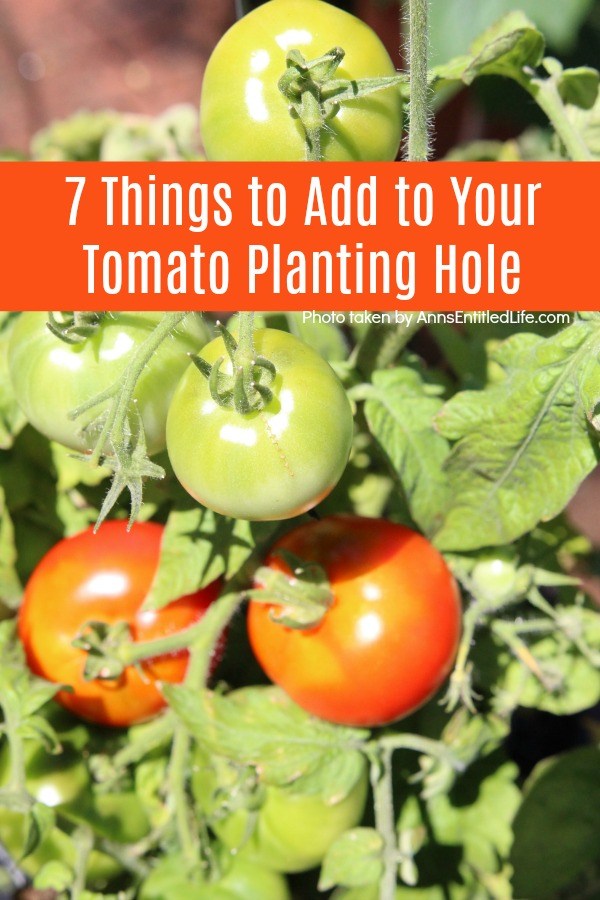
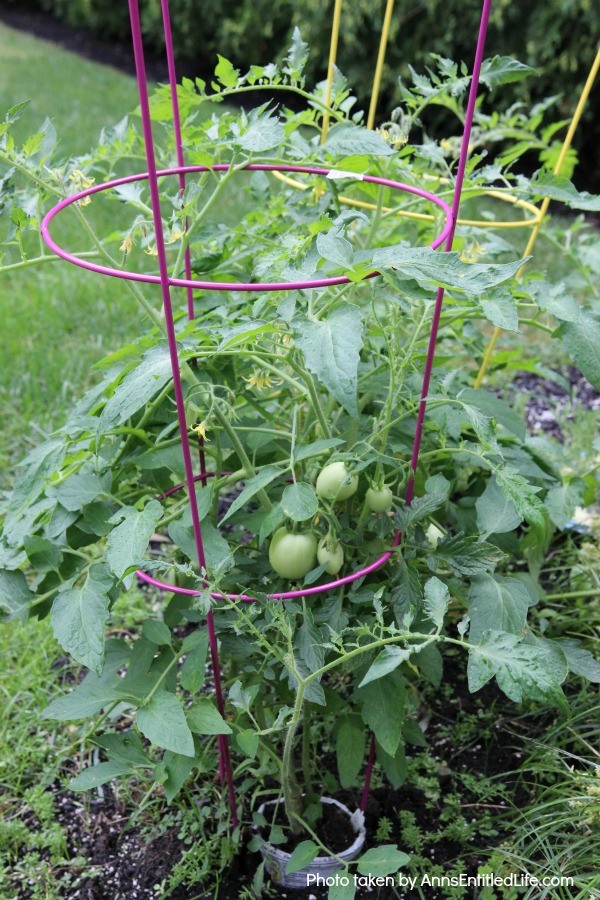
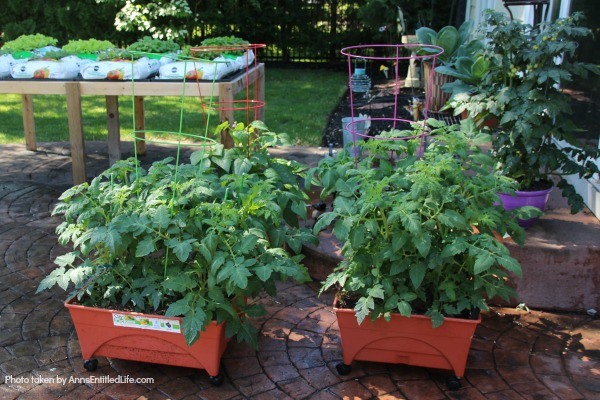
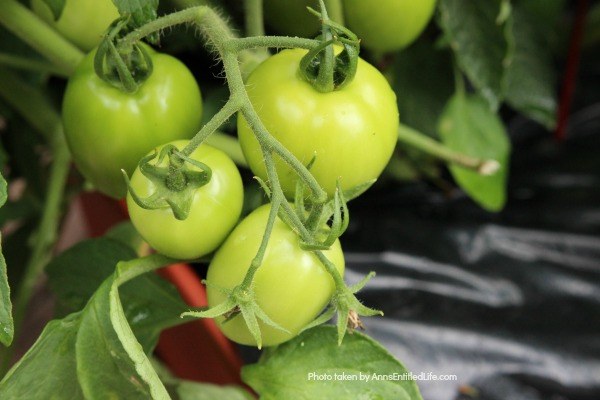
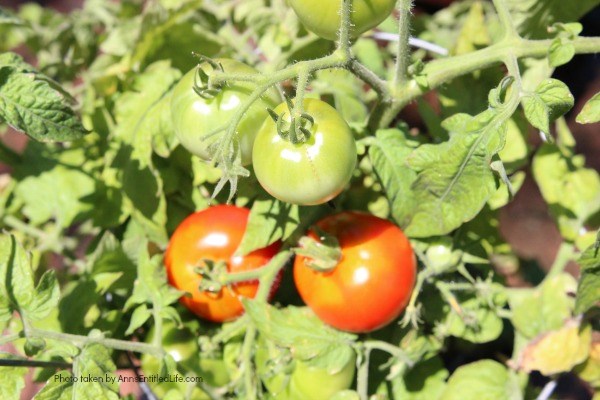
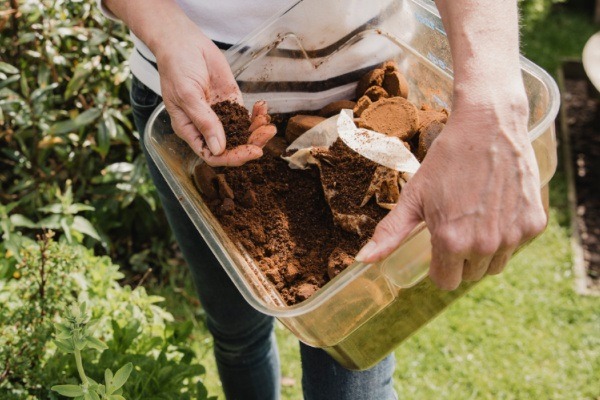
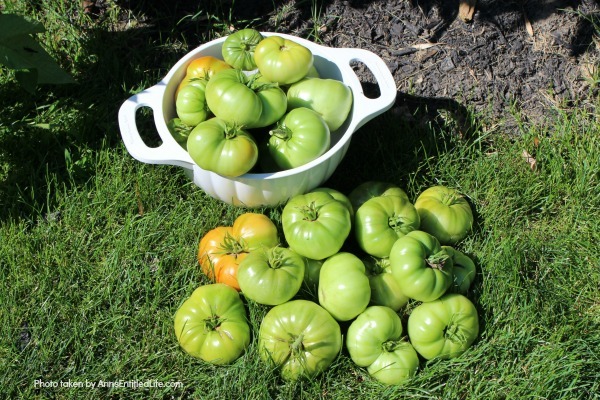
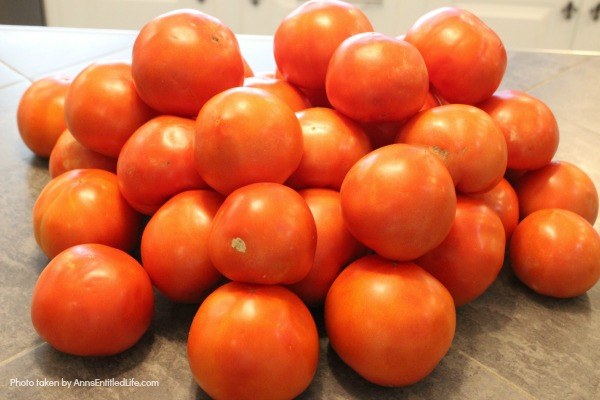
Leave a Reply